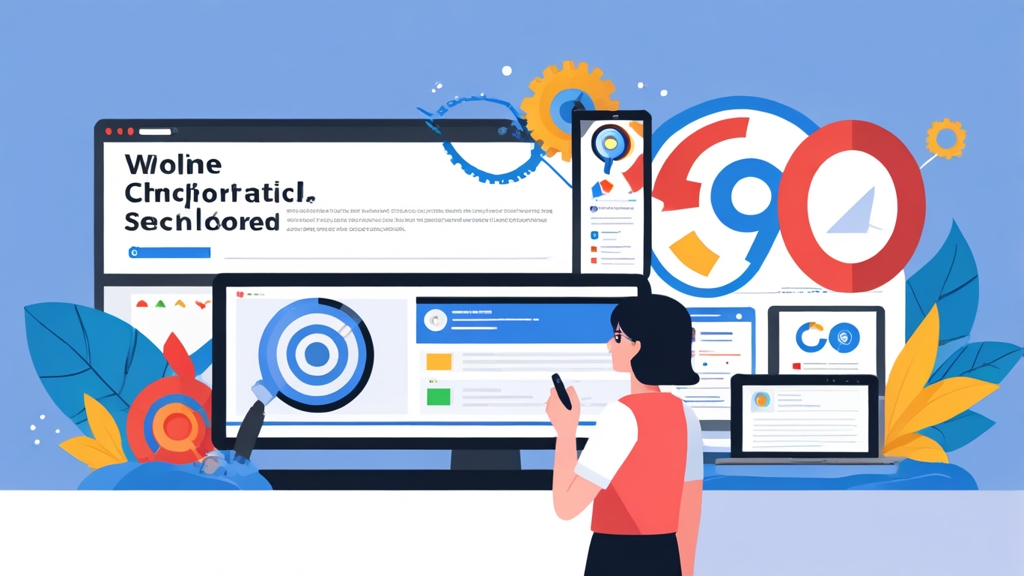The Accessibility Nightmare of “Click Here”
The phrase “Click here” is a common call to action, but it’s a nightmare for accessibility and SEO. This article explores why you should avoid using “Click here” and provides practical alternatives for crafting more effective and inclusive links.
Table of Contents:
- Accessibility Issues with “Click Here”
- SEO Implications of “Click Here”
- Alternative Phrasing for Clear Links
- Descriptive Link Text Examples
- Testing Link Accessibility
Accessibility Issues with “Click Here”
The biggest problem with “Click here” is its lack of context for screen reader users. Screen readers often provide a list of links on a page, stripping away surrounding text. A list filled with “Click here,” “Click here,” “Click here” provides no information about where each link leads. This forces users to painstakingly navigate each link to understand its destination, a frustrating and time-consuming process.
For example, consider this common scenario: A user is browsing a list of product reviews. Two links are present: one to view the product details and another to submit your own review. If both links simply say “Click here,” the user can’t distinguish between them without significant extra effort. Similarly, speech recognition software users will struggle as they have to specifically state the link number, as the “Click here” text is not helpful.
SEO Implications of “Click Here”
Using “Click here” is also detrimental to your SEO. Search engines use anchor text (the text of a link) to understand the content of the linked page. “Click here” provides no relevant keywords for search engines to associate with the target page, effectively wasting a valuable SEO opportunity. Descriptive anchor text, on the other hand, helps search engines understand the context and relevance of the linked content, improving your search ranking.
Imagine you’re linking to a blog post about “best practices for website accessibility.” If you use “Click here,” search engines learn nothing about the destination. However, if you use “Learn about best practices for website accessibility,” you signal to search engines that the linked page is relevant to that topic. The latter improves SEO by providing valuable context.
Alternative Phrasing for Clear Links
The key to good link text is to be specific and descriptive. Instead of “Click here,” use phrases that clearly indicate the destination and purpose of the link. Ideally, the anchor text should seamlessly integrate into the surrounding sentence and provide valuable context. The link text should make sense even when read out of context.
Instead of “Click here to download the PDF,” use “Download the accessibility guidelines PDF.” Instead of “Click here to learn more,” use “Read more about website accessibility guidelines.” A good rule of thumb is that a user should know where they’re going *before* they click the link.
Descriptive Link Text Examples
Here are some specific examples of how to replace “Click here” with more descriptive link text:
- Instead of: “To reset your password, click here.”
Use: “To reset your password, follow the password reset instructions.” - Instead of: “For more information, click here.”
Use: “For more information, see our detailed product specifications.” - Instead of: “Download the software by clicking here.”
Use: “Download the latest version of the accessibility checker software.”
Notice how the improved examples are more informative and provide better context. They also incorporate relevant keywords that can improve SEO.
Testing Link Accessibility
After updating your link text, it’s crucial to test the accessibility of your website. Several tools can help you identify potential issues. Use accessibility checkers like WAVE (Web Accessibility Evaluation Tool) or Axe DevTools to scan your pages for accessibility violations, including instances of non-descriptive link text. Manually review your pages with a screen reader (like NVDA or VoiceOver) to experience how users with visual impairments interact with your content.
For example, using Axe DevTools in Chrome, you can inspect a page and it will highlight issues like insufficient contrast and ambiguous link text. It will flag instances of “Click here” and provide recommendations for fixing the problems. Regularly testing your website’s accessibility ensures that all users can easily navigate and understand your content. A simple check is to view only the links on the page. Does it make sense? If not, then refactor!
